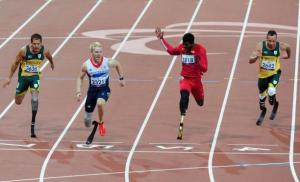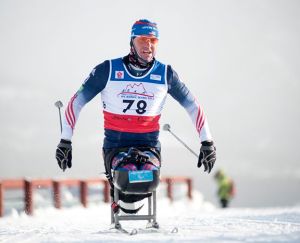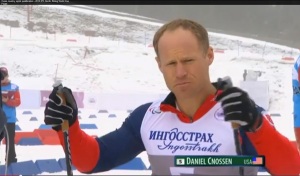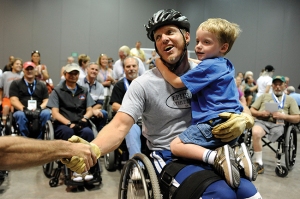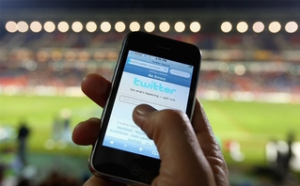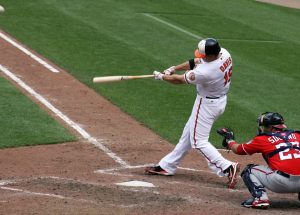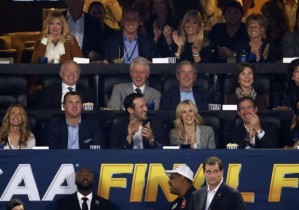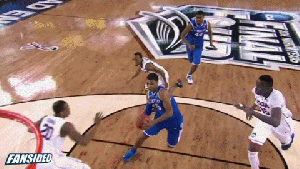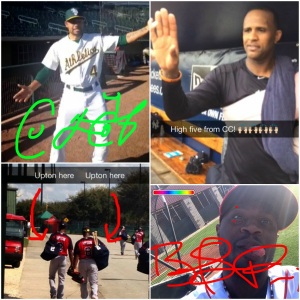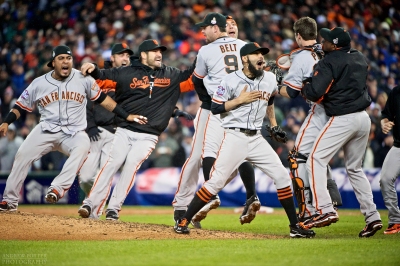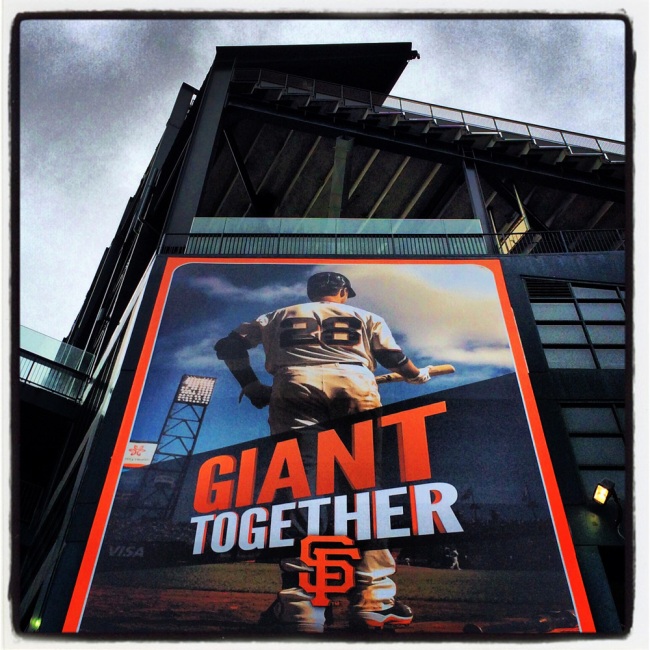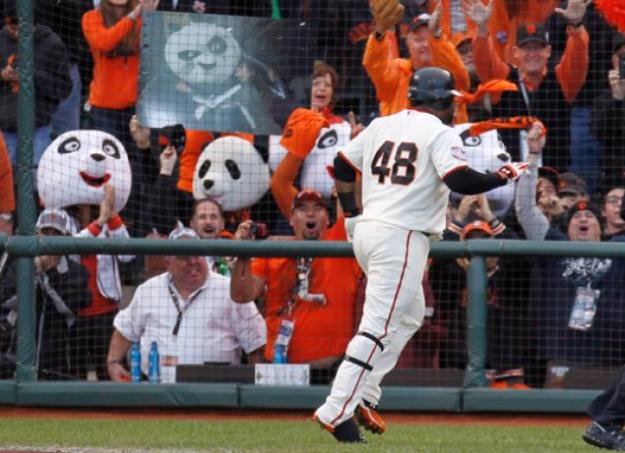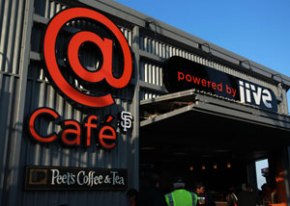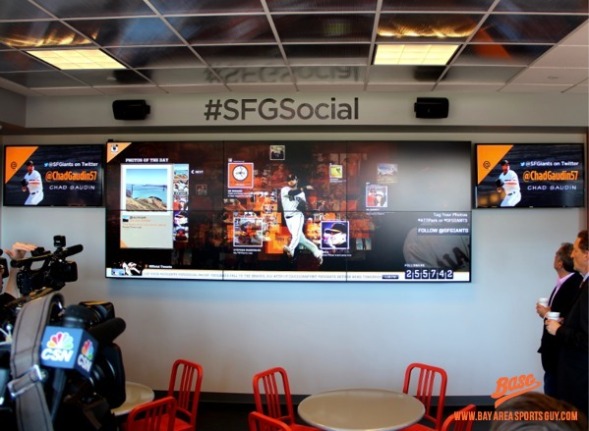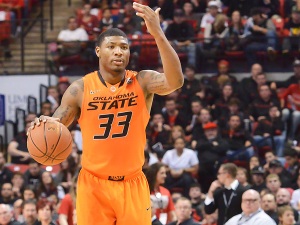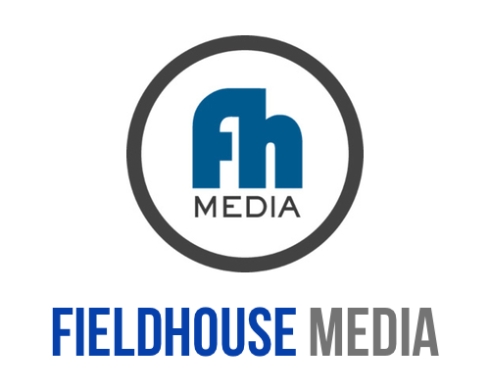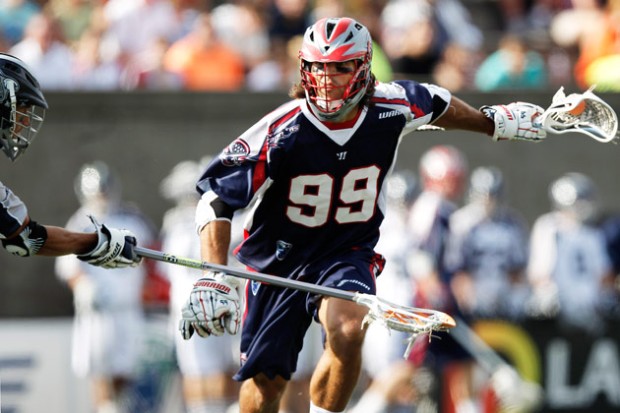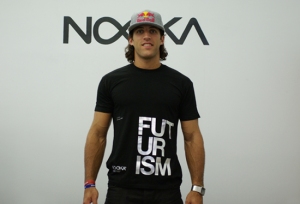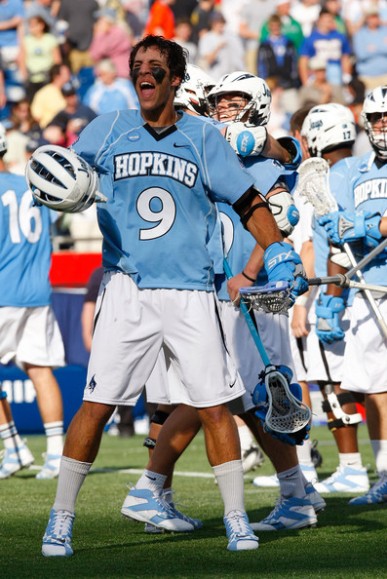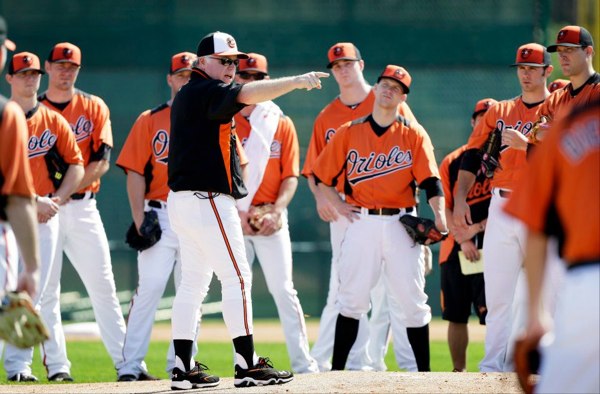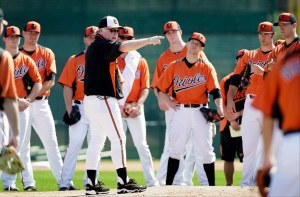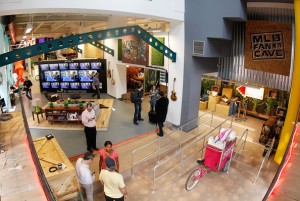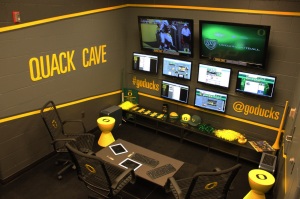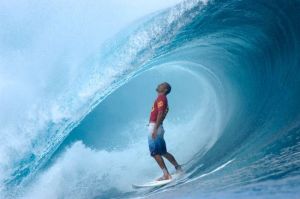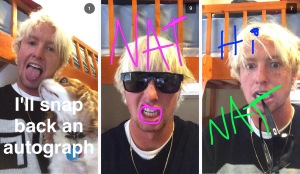Before the 2012 Summer Olympic Games in London, the Paralympic Games were viewed as more of an afterthought to its bigger brother.
No consistent traditional media coverage had hurt the Paralympics in the past. Before the introduction of social media, the Paralympics didn’t have the exposure and reach to showcase the inspirational stories and determination of its nearly 5,000 athletes spanning both the Summer and Winter Games.
Here’s some quick info on the Paralympic Games:
The Paralympic Games is a muti-sport event held after the Olympic Games involving athletes with physical disabilities that span six different categories: Amputee, Cerebral palsy, Visual impairment, Spinal cord injuries, Intellectual disablity, and “Les autres” (athletes that do not fit in the other five categories).
The first Paralympics were held in 1960 in Rome, Italy and its governing body, the International Paralympic Committee, was founded in 1989 in Bonn, Germany to “enable Paralympic athletes to achieve sporting excellence and inspire and excite the world.”
Paralympians are able to compete in many of the same sports that able-bodied Olympians are able to compete in. The events are just modified for certain disabilities. Here are a few examples of Paralympic events:
- Cross country skiing
- Biathlon
- Judo
- Sailing
- Cycling
The Paralympics are giving hope and athletic opportunities to all athletes with impairments and disabilities from beginner to elite levels.
Athletes such as 27 year-old injured service member Sean Halsted reported Ben Shpigel of the New York Times. Halsted was paralyzed from the waist down after a 40-foot fall from a helicopter during a training drill. After feeling like he wasn’t going to be able to do much much besides staying indoors because of his impairment, Halsted thrived after being introduced to Paralympic sports.
Halsted picked up cross-country skiing and biathlon and by 2007 he was a national-level athlete. This winter he competed for the United States Paralympic Team at the Sochi Winter Games.
The Paralympics is becoming an incredible outlet for injured service members returning from combat. This year in Sochi, former service members competed in all six Paralympic events, and the U.S.O.C. is focusing on helping these soldiers to better be able to compete.
“For me, if there wasn’t a Paralympic movement that existed, I just don’t know what I’d be doing right now,” said said active-duty Navy Seal Dan Cnossen, who lost his legs after stepping on an explosive device.
The U.S.O.C. is working to provide disabled citizens such as Cnossen a chance to compete at from the local recreations level all the way up to Paralympic competition. By providing outreach to parks and recreation groups and Paralympic clubs throughout the country, injured service members and other disabled people are now better aware of the options for competition and training.
The Paralympics is bringing in incredible athletes with stories that can truly connect with fans, but it would be a shame if people couldn’t see or hear these stories because of lack of television coverage.
Now the mainstream media can hear the amazing stories of Paralympians through the adoption of social media and digital technology.
The International Paralympic Committee had four main goals for its social media campaign for the 2012 Summer Games,via Sprout Social’s Anna Washenko:
- To promote opportunities for audiences to watch the Paralympic Games
- To raise awareness about event and sports
- To position the Paralympics as a major international sporting competition
- To engage with new audiences.
Its goals for the 2012 Games were more than reached. The Paralympic website shows that in 2012, the top trending topic on Twitter in the United Kingdom for a sporting event was #Paralympics. The Paralympic Twitter account, @Paralympic, grew by more than 1,000 percent during the event.
The Paralympics on Twitter beat these topics on Twitter in the UK:
- #LFC (Liverpool Football Club)
- #Olympics
- #MUFC (Manchester United Football Club)
- #Arsenal
One big reason for their success of Paralympic’s communications goals was the strategies used for getting fans to connect with athletes. The Paralympics encouraged its athletes to post video blogs of behind the scene footage with mobile devices provided by Samsung. It was all part of the Samsung Bloggers project, that was meant to help the athletes embrace social media and to help 2012 Games to have the most inside footage of any previous sporting event. It was a better way of getting an inside look of the achievements, struggles and personal moments of thousands of Paralympians.
Here’ s a look at a video captured by British Paralympic Sprinter John McFall:
The Paralympics will have continued success into the future by continuing to provide opportunities to potential athletes and by reaching out to fans via social media. The Paralympics will continue to prove that, just like its athletes, nothing will hold it back.
